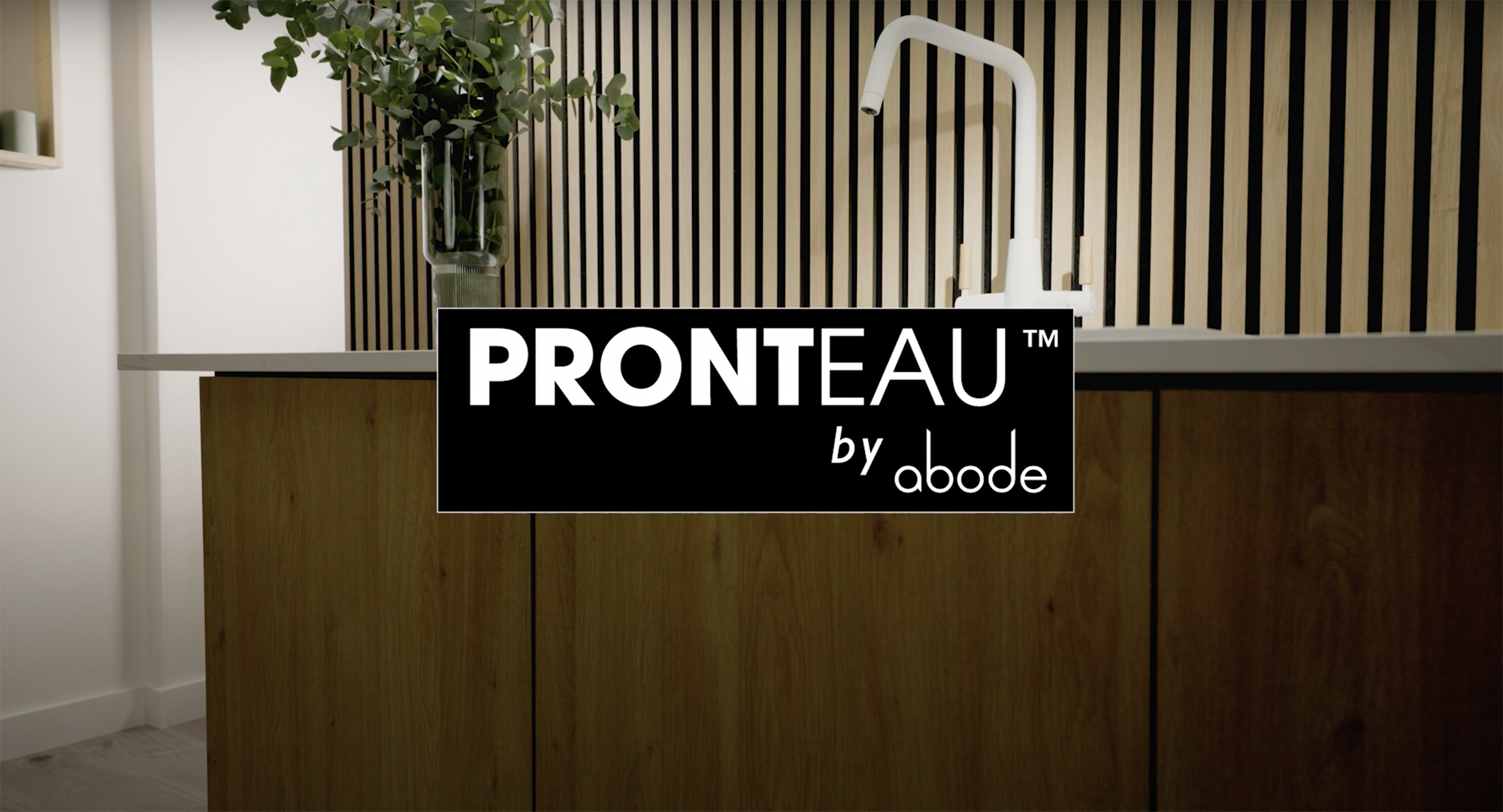Chic living space kitchens have seen a requirement for cooker hoods that are neither seen, nor heard
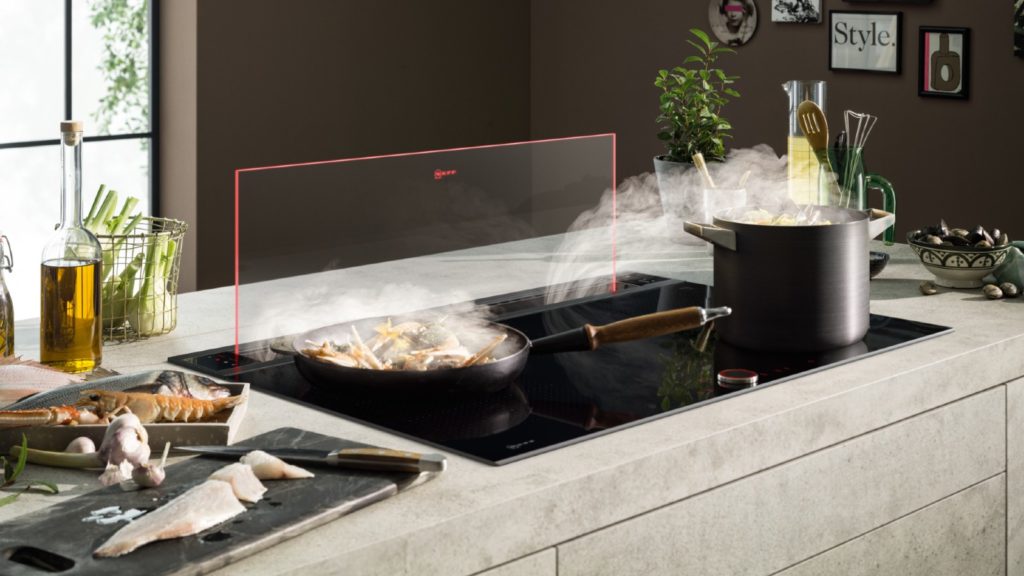
The Neff Glass Draft hood features Guided Air technology with a low-pressure air curtain behind the glass and vents behind to remove steam and odour
With the kitchen now a living space, able to transform from a practical cooking zone into a relaxation area, extraction appliances are increasingly integrated into the fabric of a room.
Whether built under kitchen furniture, integrated into a worktop or hob, set into the ceiling, cooker hoods are increasingly not seen (and with low decibel operation) nor heard.
Sponsored Video
Managing director of Falmec UK Sean Drumm says the concealed extraction segment has been growing rapidly: “Last year we launched our built-in concealed luxury range and the early success of these models has brought our concealed offering to over 60% of our sales.”
Ceilings and downdrafts
With such an array of extraction, designed to fit seamlessly into kitchen schemes, which are proving to be most popular?
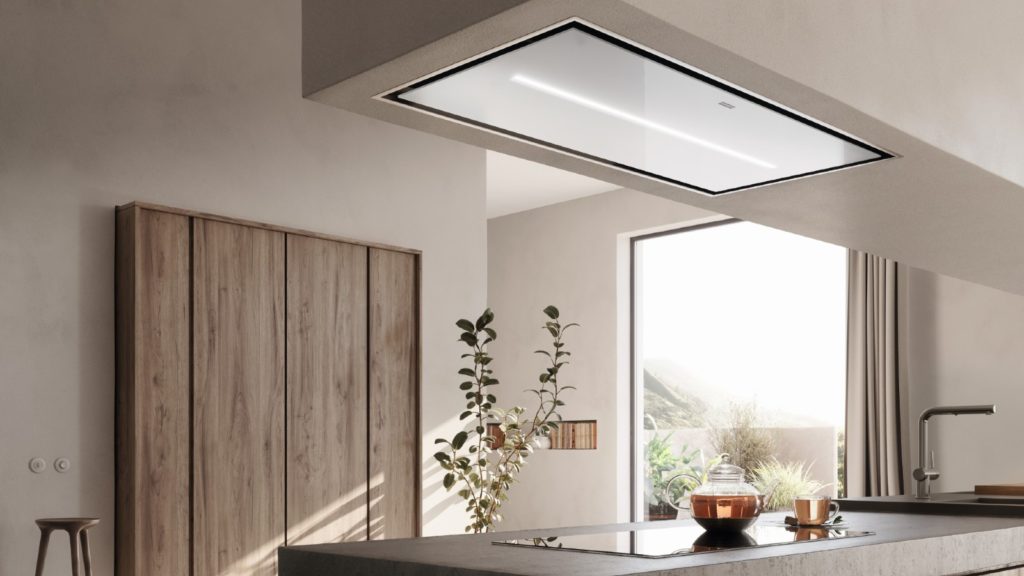
Franke Mythos Ceiling Air Hub combines an extractor with sanitisation system to improve air quality, using UV-C lamps. Available in White and Stainless Steel finishes
Where sightlines across a kitchen space are most important, ceiling and downdrafts continue to rule.
Sales and marketing director of Franke UK Jo Sargent continues: “We’ve seen heightened interest in ceiling extractors which are designed to be flush with the surface, creating an almost invisible appearance.
“Many ceiling models now include ambient and task lighting which offers consumers the best of both worlds when substituting pendant lighting for the unobtrusive look of a ceiling extractor.”
Whereas, sales director of Novy Rien Laverge says: “As a luxury induction and extraction specialist, more than 50% of Novy UK’s sales are for vented hobs, making them the most popular type of concealed extraction products in our appliance portfolio.”
Against a wall
But if the kitchen space is compact or extraction is needed against a wall, then the built-under model remains key.
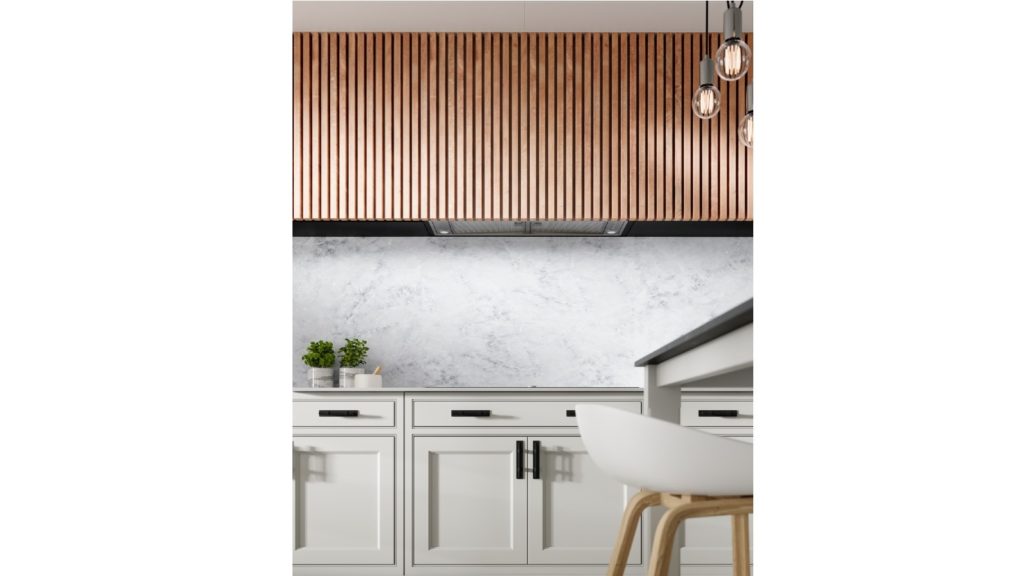
A narrow version of its Prime extractor, Westin has introduced the Prime Slim in five widths
Brand manager at Westin James Rayner explains they are not a design compromise and reminds retailers of their benefits adding: “The beauty of this type of extraction is that due to the applications it is primarily used in, height isn’t normally an issue, meaning that all-important vaulted flum catchment area can be included in the base of the hood, ensuring minimal fume slippage into the room.
“Cooking against a wall also brings its own advantages compared to cooking over an island, as this situation is subject to far fewer cross draughts compare to the centre of the room.”
Designing out challenges
Since extraction is chosen based on project demands and room constraints, appliance manufacturers have worked hard at combating spatial design challenges, enabling designers a wider choice of solutions.
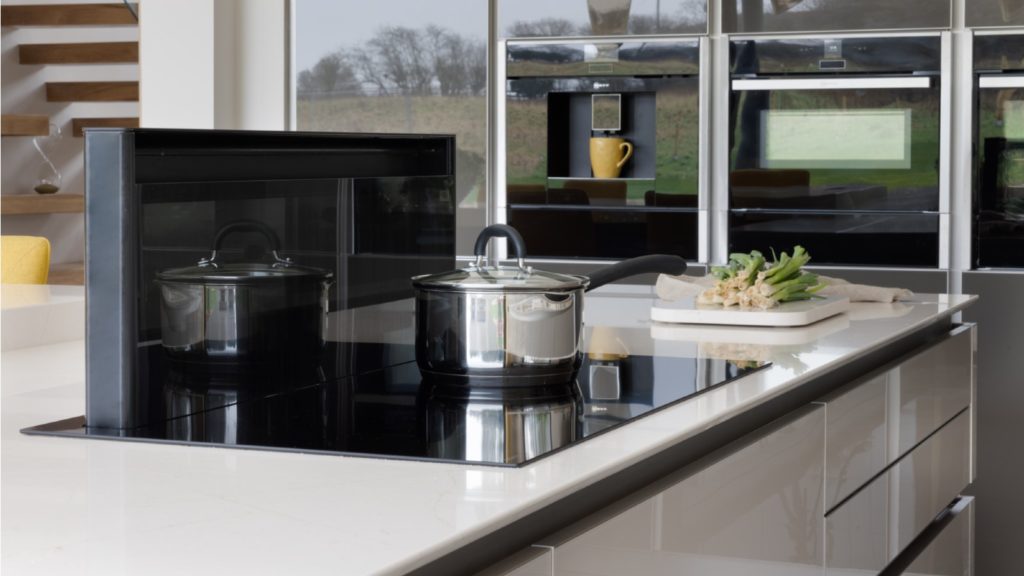
The Novy Panorama PRO 90 Vented Downdraft Induction Hob with a concealed extraction tower within the hob’s surface. Image credit: Searle & Taylor Kitchens | Photographer: Paul Craig
Jo Sargent of Franke points to developments in ceiling hoods: “A big concern with ceiling hoods is the depth of the ceiling and position of the joists, as older properties often have narrower roof voids. To get around this, we have included slimmer ceiling models.”
While Novy has explored the space below the worksurface, as Rien Laverge explains: “A potential barrier to the sale of vented hobs is the size of the motor, which differs from brand to brand, but can take up a large area of storage space in the cupboard beneath the hob.
Providing a solution to this issue, the Novy Panorama feaures a slim, flat motor that fits at the back of a kitchen cabinet, allow for up to 400mm drawers to be installed in front of it.”
And Falmec has considered how to maximise storage space around the use of a built-in extractor. Sean Drumm explains: “Our built-in models are changing over to allow you to gain back 50% of the space previously lost to a built-in canopy.
“In the past, the whole cabinet would have been taken up by the actual canopy, so this type of concealed extraction is becoming very popular for practical and space reasons.”
Forming the structure
However, concealed doesn’t mean out of sight and, in fact, extractors can be hidden in plain view, as part of the kitchen structure.
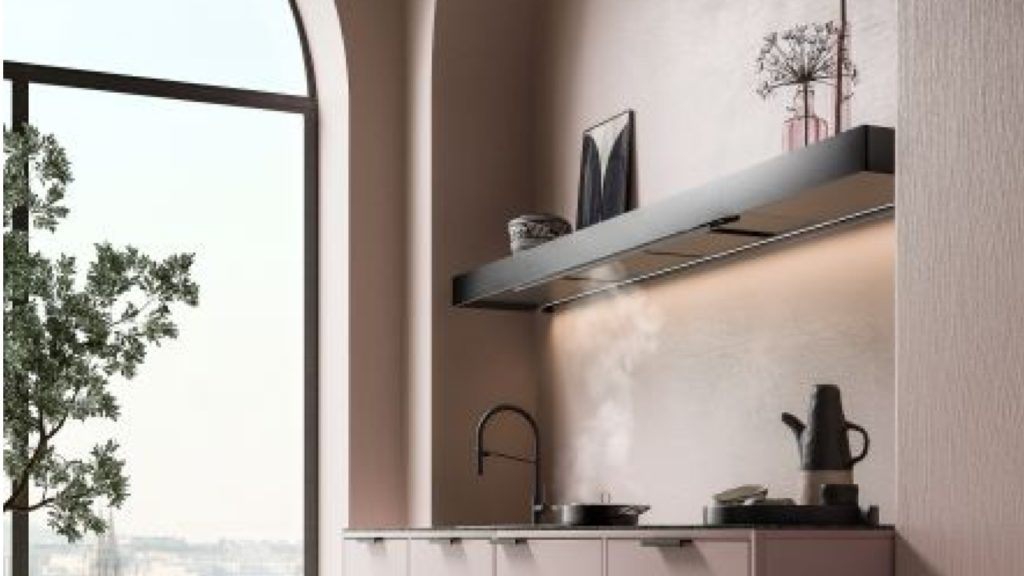
Designed to form continuous storage along the kitchen wall, Falmec Shelf has 600 and 900mm modules which can be added to 1200mm hood element
Think canopy extractors which form part of overhead, open storage. Sean Drumm of Falmec continues: “The bonus for customers is that these extraction products are designed to blend into the décor rather than stand out like a sore thumb, so they fulfil a dual purpose, as shown by the award-winning Shelf and Air Wall (a glass back panel which is magnetic so can be used for storing utensils). Both are already 2023 international award winners.”
Aiding air quality
What is of most utmost importance is the performance of the extraction and industry experts agree that concealed models equal their focal counterparts in technology.
Franke offers Air Hub, which combines extraction and UV-C lamps to cleanse the air, across its cooker hood designs and Jo Sargent adds: “Similarly, our VOC (Volatile Organic Compound) eliminating AQ Sense range is available in ceiling and wall mounted options and our Sound Pro Blower technology, which reduces the noise threshold of our hoods by up to -6dB is available across a wide range of designs from concealed to statement island hoods.”
But what is coming next in the design of cooker hoods? Sean Drumm hints at innovations set to be launched by Falmec in 2024, with rising costs of energy, around the globe: “They will be looking at ways to ensure that we are not wasting any warm heated air by extracting it out of the home in future.”
